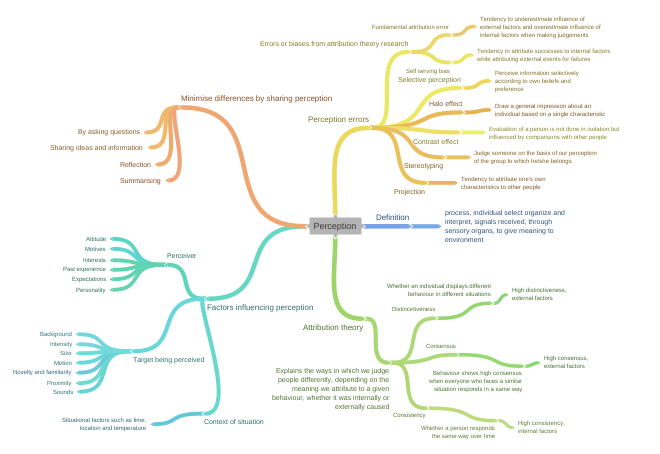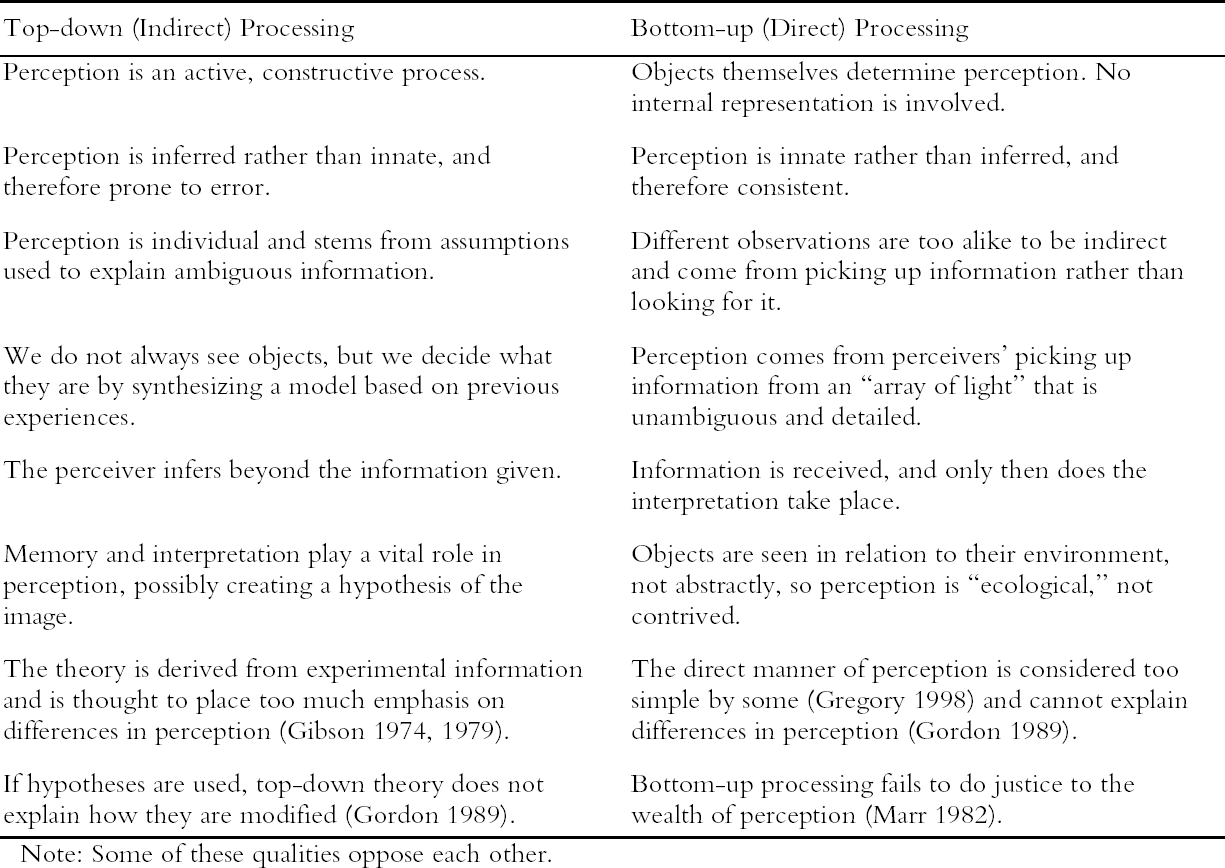Perception theory is a branch of psychology that deals with the way in which people process and interpret sensory information from their environment. It is concerned with how we perceive the world around us and how we make sense of what we see, hear, touch, taste, and smell. Perception involves both physiological and psychological processes, and it is influenced by a range of factors including past experiences, cultural background, and individual differences.
One of the key ideas in perception theory is that our perception of the world is not a direct reflection of reality, but rather a construction based on the information that our senses provide us with. This means that our perception of the world is not objective and may be influenced by various factors, including our expectations, biases, and emotional states.
There are several different approaches to perception theory, each of which offers a different perspective on how we perceive the world. Some of the most influential approaches include gestalt psychology, which focuses on how we organize and structure sensory information, and cognitive psychology, which emphasizes the role of mental processes in perception.
Gestalt psychology, developed in the early 20th century, emphasizes the importance of the context in which sensory information is presented. According to this approach, our perception of the world is not based on individual sensory stimuli, but rather on the relationships between them. For example, when we look at a group of dots on a page, we do not see individual dots, but rather a pattern or shape. This is because our brains are able to organize the dots into a meaningful structure based on the relationships between them.
Cognitive psychology, on the other hand, focuses on the role of mental processes in perception. This approach emphasizes the importance of attention, memory, and other cognitive processes in shaping our perception of the world. According to this perspective, our perception is not a passive process, but rather an active one in which we actively construct our understanding of the world based on the information we receive from our senses.
Perception theory has many practical applications, including in the fields of design, marketing, and education. Understanding how people perceive the world can help designers create products and environments that are more user-friendly and effective, and can help marketers create more effective advertisements. In education, understanding perception can help teachers design lessons and materials that are more engaging and effective for students.
In conclusion, perception theory is a complex and multifaceted field that deals with the way in which people process and interpret sensory information from their environment. It is influenced by a range of factors and involves both physiological and psychological processes. Understanding perception can have practical applications in a variety of fields and can help us better understand the way in which we perceive the world.









